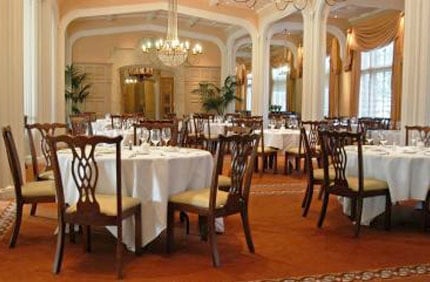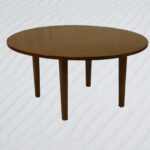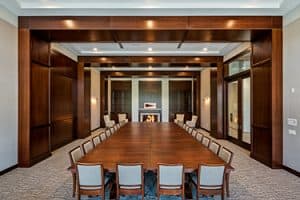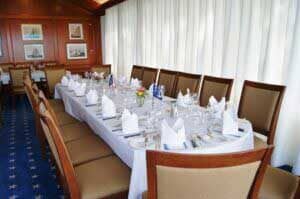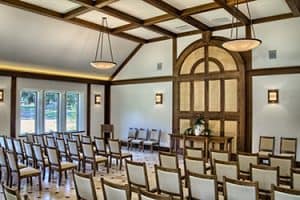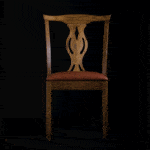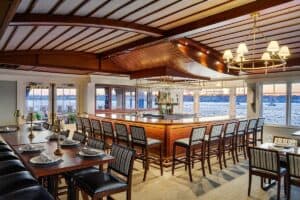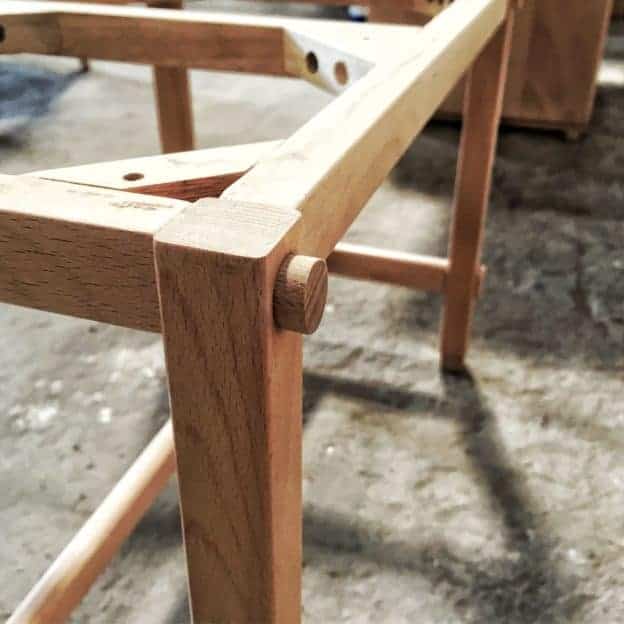When purchasing chairs, new or old, aesthetic is paramount. But if you intend to purchase a piece that will last you decades, even in high-use areas, chair construction may become of equal importance to consider. If you’ve ever sat in a chair that can’t support your weight or requires significant care while sitting, then you have experienced the pain of insufficient chair joinery. Look no further for a guide to supply you with the information to avoid the discomfort of insufficient construction. Discover more about one of the most vital elements of chair construction: chair joinery.
What is Chair Joinery?
To create pieces of furniture out of wood, carpenters must find unique ways to connect the elements. Without the practice of joinery, carpenters would have to cut entire pieces of furniture out of a single piece of wood! Joinery allows easier creation, improved aesthetics, and easier repairs.
Types of Chair Joinery
Some of the most common types of joinery:
The Basic Butt Joint
Woodworkers call the end of a board of wood the “butt.” So when a woodworker joins two butts at a right angle with nails or screws, that is called a basic butt joint! The basic butt joint is one of the most requisite joinery styles available and is often seen on very basically constructed chairs, benches, and tables.
The Half-Lap Joint
The half-lap joint is created by hollowing out a section of two boards, enabling them to link together, creating a flush surface. Each board is reduced to half where they overlap so that the final product is the thickness of one board. The half-lap joint benefits from the ease of construction and all-around usefulness. Carpenters feature this joint in myriad circumstances like tables, Adirondack chairs, stools, and more.
Pocket-Hole Joint
The pocket hole joint utilizes the same basic structure as the basic butt joint, but instead of being joined together with screws or nails into the right angle of the boards, pilot holes are created to add the screws or nails. Therefore, the result is a durable, flat surface. If you investigate any of your wood furniture and see small, angled holes near where the wood connects, those may be pilot holes used to join wood sections.
Mortise and Tenon
The mortise and tenon joint is one of the first methods invented for construction. Even so, this joint continues to be one of the strongest available. It is constructed by a peg or pin (the tenon) being cut into one piece of wood that fits snugly into a slot (the mortise) cut into the adjoining piece of wood. Consequently, it requires no screws or nails. Its simplicity and durability keep this joint commonplace in chairs, tables, and couches.
The Box Joint
Lastly, a carpenter makes a box joint by creating a series of symmetrical slots that form rectangular projections called fingers. At a 90 degree angle, the carpenter connects these fingers and glues them together. The box joint is visually appealing because of its visible pattern. Carpenters often choose the box joint because it is similar to other types of joinery, like the dovetail joint, but much less complex to make.
These are just a few of the many joint options for wood products. Excluded from this list is what may be the most durable joinery of all:
The Eustis Joint
Robert H. Eustis developed a new way to join two pieces of hardwood using concealed steel rods and space-age adhesives. A retired engineering professor from Stanford University, Eustis created joinery that is stronger than the chair’s hardwood.
The Eustis Joint creates durable hardwood chairs that are light enough to stack. We are confident that this joint will last that we offer a 20-year warranty against joint failure on all products that feature it.
A chair is only as good as its joint. We hope this post helps you choose the best style of chair construction for the need of your space.
Please contact us with questions about any chair in our line (and their joinery). We look forward to hearing from you.













